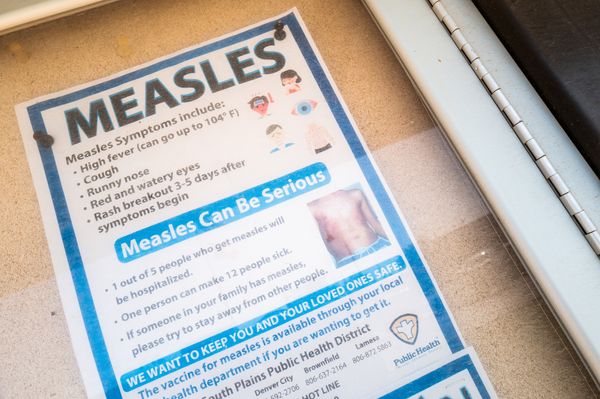
Carvana (CVNA), which operates an online marketplace for used cars, reported robust financial results for the fourth quarter. Despite surpassing the Street’s expectations on revenue and profit, Carvana stock experienced a notable decline of approximately 11% in morning trading on Feb. 20.
Breaking Down the Numbers
Carvana delivered an impressive comeback in 2024, fueled by strong demand and operational efficiencies. The company saw a remarkable 33% year-over-year growth in retail units sold, signaling a return to solid expansion. With improved operating leverage and cost efficiencies, it also expanded its margins, setting new financial records along the way.
Carvana reported adjusted EBITDA of $1.38 billion with a 10.1% margin and net income of $404 million, translating to a 3.1% net income margin — both significant milestones for the company.
The fourth quarter of 2024 was particularly noteworthy, marking the fourth straight quarter of positive net income. The company sold 114,379 retail units, a massive 50% increase year-over-year and the second-highest quarterly total in its history, despite Q4 typically being slower.
Revenue surged 46% to $3.55 billion, comfortably beating Wall Street estimates of $3.34 billion. Meanwhile, earnings per share (EPS) of $0.56 outperformed both last year’s $1 loss per share and analysts’ forecast of earnings of $0.24 per share.

What Impacted Carvana Stock?
During Q4 2024, Carvana achieved strong performance across various financial metrics. However, the company observed a sequential decline in revenue per retail unit sold, which dropped to $22,312 from $23,405 in the previous quarter. This decrease was attributed to a higher proportion of retail marketplace units sold compared to total retail units.
Carvana directly sources its used vehicle inventory from multiple channels, including retail marketplace partners. Revenue from retail vehicle sales encompasses shipping fees and service revenue from transactions involving retail marketplace partner vehicles, recognized on a net basis rather than the full sales price. Consequently, an increase in retail marketplace sales relative to total retail sales can impact the average revenue per unit sold.
Additionally, Carvana's adjusted retail gross profit per unit (GPU) decreased to $3,331 in Q4 from $3,617 in Q3 2024. This decline was primarily influenced by higher retail depreciation rates and narrower spreads between wholesale and retail market prices.
Looking forward to Q1 2025, Carvana anticipates a similar share of retail marketplace units sold compared to Q4 2024. This projection suggests potential sequential pressure on retail revenue per unit and continued challenges for retail GPU.
Carvana stock has seen tremendous growth over the past year, so any signs of weakness were bound to trigger some selling pressure. However, a significant pullback in Carvana stock could present a buying opportunity for long-term investors. The company is poised to expand its market share, and as it scales operations, profitability could improve. Let’s take a closer look.
Factors to Support Carvana Stock
Carvana generates the bulk of its revenue from retail vehicle sales. This allows it to capture additional revenue associated with financing, complementary product offerings, and trade-in vehicles. Strong demand will likely drive retail unit sales and support its overall financials in the coming years.
Further, its expansion into new markets and increasing market penetration in existing ones bode well for growth. Additionally, the company is focused on optimizing its inventory by broadening vehicle selection, a strategy that directly translates into higher sales volumes.
On the cost side, Carvana is actively working to improve its operating efficiency, particularly in selling, general, and administrative (SG&A) expenses. As the company scales, greater efficiency and leverage over fixed costs are expected to enhance profitability. At the same time, Carvana is strengthening its financial position by reducing debt. Its net debt-to-adjusted EBITDA ratio stands at 2.8x, while its adjusted EBITDA-to-interest expense ratio is above 2x, signaling meaningful progress toward its deleveraging goals.
Carvana appears well-positioned for long-term growth and will continue to gain share. A significant pullback in its stock could offer a compelling buying opportunity.
Currently, Wall Street analysts have a “Moderate Buy” consensus rating on the stock.








